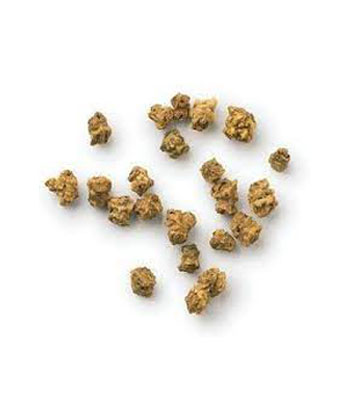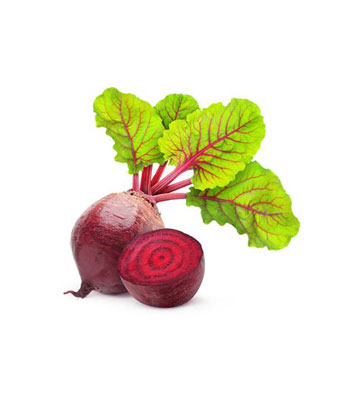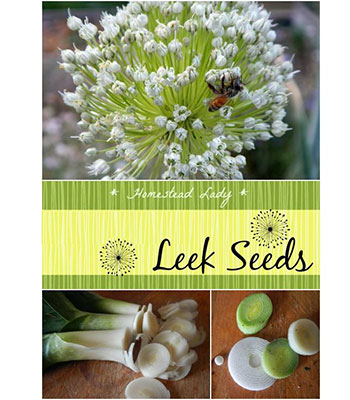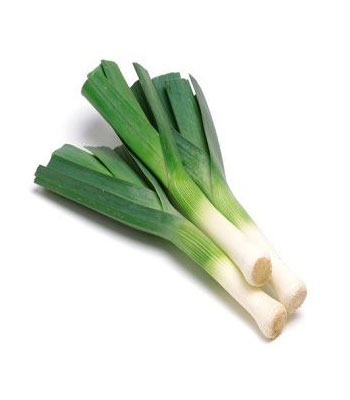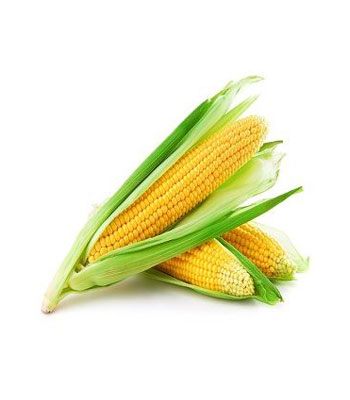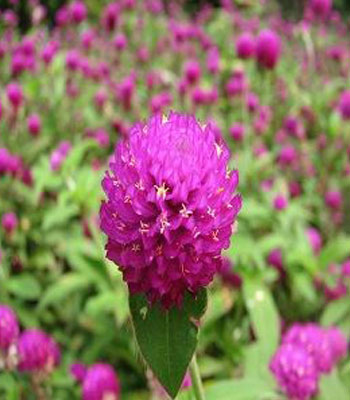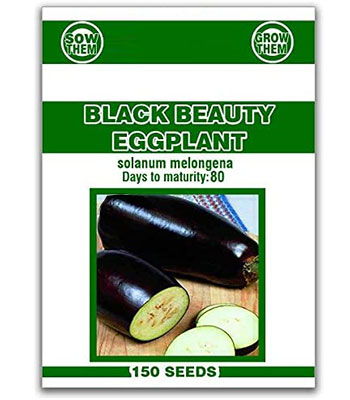Beetroot seeds
0,00 €Description
1. Propagation
Beetroot is propagated by seed.
2. Soil preparation
The seedbed should be well prepared by ploughing 15 to 20 cm deep to break up clods. The soil should also be as level as possible, have a good crumb structure and enough moisture, and be free of unrotted plant material.
3. Planting
The seedbed should be well prepared by ploughing 15 to 20 cm deep to break up clods. The soil should also be as level as possible, have a good crumb structure and enough moisture, and be free of unrotted plant material.
The sowing times differ with production areas. In winter rainfall areas, seed may be sown from August to end of March and from end of August to middle of March in areas with cool summer. However, seed is sown from March to August in the Lowveld regions of the Mpumalanga and KwaZulu-Natal. Sowing in the Transvaal Middleveld takes place from August to middle of April.
Leek seeds
0,00 €How to plant leek:
Propagate by seed
Germination temperature: 45 F to 95 F – Peak germination around 77 F.
Days to emergence: 5 to 7
Seed can be saved 3 years.
Maize seeds
0,00 €and Preparation:
Maize requires a firm and compact seedbed free from stubbles and weed. One deep ploughing should be given, followed by two or three harrowings to bring the soil to a fine tilth. Add 10-15 tons of FYM or compost before last harrowing and mix thoroughly with harrow.
Ecological Requirement:
Climate: Maize does well on a wide range of climatic conditions, and it is grown in the tropical as well as temperate regions, from sea-levels up to altitudes of 2500m. It is however susceptible to frost at all stages of its growth.
Purple Gomphorena globosa seed
0,00 €Gomphrena globosa ‘Purple
A bushy, hairy-leaved annual, globe amaranth bears round purple flower bracts on thick stems in summer and early fall. This plant is useful as summer bedding or in a border or cutting garden. It is fairly drought tolerant and very heat tolerant. It grows to about 2 feet tall.
Noteworthy Characteristics:
Bushy habit and round purple flower bracts over a long period. Good for cutting and drying. Attracts butterflies.
Sweet Eggplant seeds
0,00 €Solanum melongena
PLANTING
- Start plants indoors 2 months before the soil warms up or buy nursery transplants just before planting.
- Place 3 to 4 inch tall seedlings 24 to 30 inches apart in well-prepared beds.
- Pinch out the terminal growing points for a bushier plant.
CARE
- Stake plants over 24 inches tall.
- Water well and apply a balanced fertilizer every two weeks during the growing season.
- For bigger fruits, restrict to five or six per plant.



